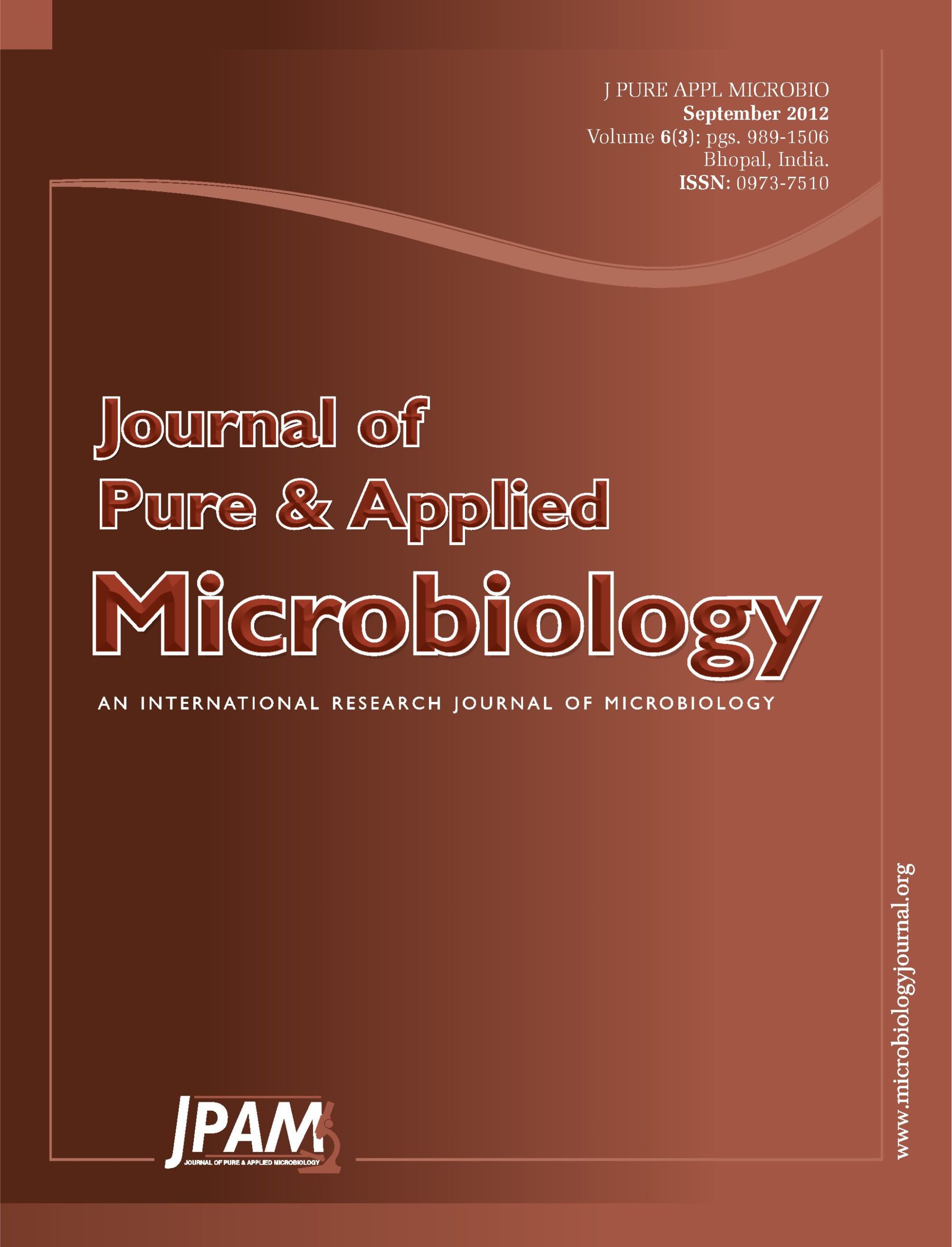Microbial diversity constitutes the most extraordinary reservoir of life in the biosphere that we have only just begun to explore and understand. A preliminary investigation on the microbial diversity of paper mill effluents organic wastes from the landfill site of Solamkampatti Paper mill Thanjore Dt., Tamil Nadu. The isolation and characterization of native microbes on different media may generate information on the nature, characteristics, and degrading efficiency of various hazardous wastes by the micro-organisms. The qualitative analysis of species in microbial community was undertaken. The study revealed that fungal isolate mostly belong to Aspergillus and Penicillium spp. Aspergillus niger,Trichoderma harzianum and Fusarium oxysporum isolated from the paper industry liquid and solid waste were examined for cyanide degradation. A niger showed 100% cyanide degradation of 100 ppm cyanide (KCN) concentration within 25 h where as Trichoderma harzianum showed 100% degradation in 35 h and Fusarium oxysporum showed 100% degradation in 45 h of incubation by forming ammonia and CO2 through the formation of formamide. A five times increase was observed in the biomass of A. niger and four times increase in that of Trichoderma and two times increase Fusarium oxysporum in cyanide containing minimal medium. The study has suggested that fungi in the wastes thus reduces cyanide toxicity.
Paper industry, Waste, Cyanide, Fungal sps
© The Author(s) 2012. Open Access. This article is distributed under the terms of the Creative Commons Attribution 4.0 International License which permits unrestricted use, sharing, distribution, and reproduction in any medium, provided you give appropriate credit to the original author(s) and the source, provide a link to the Creative Commons license, and indicate if changes were made.


